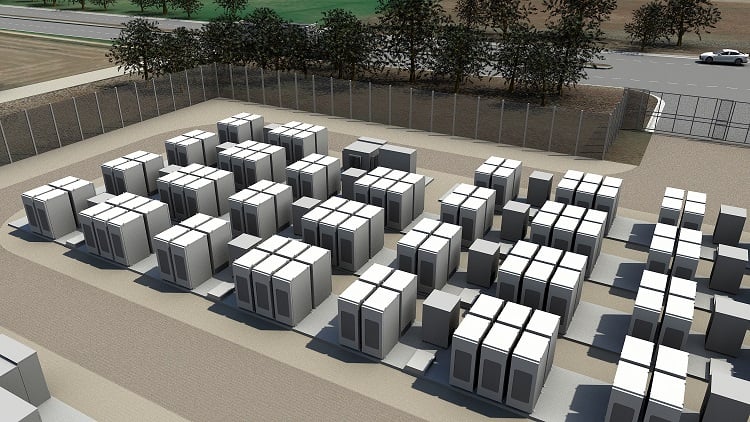
Grid-scale storage arrived in Europe in the form of Tesla’s Powerpack – installed at a farm in Somerset by Camborne Energy Storage to provide back-up services to the National Grid. The 500kWh system was paired with a 500kWp solar farm in a bid to demonstrate how a balanced renewable grid could work. Chris Roberts from Poweri, the project’s EPC, said they saw commercial viability as they were able to share the grid connection to keep costs low. He said the Tesla system “slotted together like Lego really… It’s a very elegant product that’s been very well thought through. There’s nothing that I can see that would cause a problem in deploying these in large numbers.”
With the new subsidy regime bedded in for six months, August emerged as the worst period yet for deployment with 2,782 installations. The residential scale didn’t fare much better – by mid-September the industry had installed just 20.6MW in the term, leaving more than 75MW of additional capacity carried over into T4. The Renewable Energy Association pointed out that solar deployment in August was a third of what it was in the same month in 2015, despite Greg Clark’s assertion that there was “remarkably little sign of confidence dropping” in UK solar.
The Republic of Ireland emerged as a key alternative market for solar development following the downturn in the UK after the subsidy cuts. The pipeline of submitted applications reached 3.9GW after 520 projects were submitted since the window opened at the beginning of 2015, including 11 developments larger than 25MW. Solar Media’s analysts said the figures meant companies seeking to secure grid connections would need to think carefully about where to locate projects to avoid the queues at the more popular substations.
The government took a thumping from the National Audit Office (NAO) after a study into the Levy Control Framework (LCF) found failings in the administration of the budgetary mechanism. The NAO’s report alleged that the then Department of Energy and Climate Change (DECC):
- Took too long to find the cause of the £2 billion overspend
- Used “insignificant” market research to back up outdated assumptions
- Failed to consider that its assumptions could be wrong and learn from previously poor forecasting
- Failed to ensure value for money by allocating the LCF budget at an early stage
- Did not call a meeting of a LCF board, formed in November 2013 after NAO’s last report, until after the overspend had been identified
The government did offer its first hint at a strategy to support large-scale development of mature renewables like solar in its response to recent reports from the Committee on Climate Change. The climate watchdog had warned that a growing policy gap put the chances of meeting approaching climate goals at serious risk, commenting specifically on the removal of support for solar and onshore wind. The government’s response suggested that plans to support further deployment of these technologies were being written up, with details to be announced in the forthcoming carbon emissions plan – slated to be published early next year.
Meanwhile, other headline grabbing news in September and October:
Welink and BSR claimed to have connected the UK’s largest private-wire solar farm
Sungift Solar was named contractor of the year and Mike Landy took home the outstanding achievement prize at this year’s Solar Power Portal Awards
Lightsource landed its maiden Indian solar tender
Jeremy Corbyn bashed the government’s solar cuts, pledging to ramp up support for the industry in the event of an election victory
Our series of year in review articles can be found here for January to February, March to April, May to June, and July to August.

